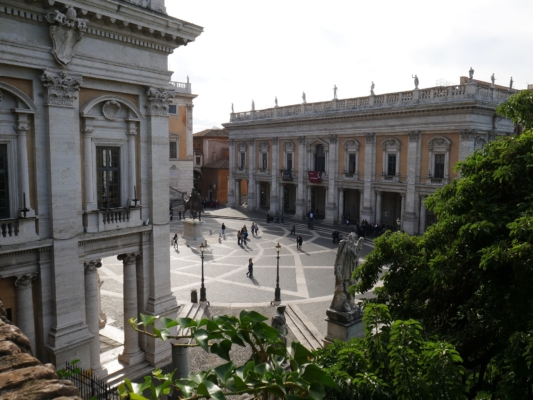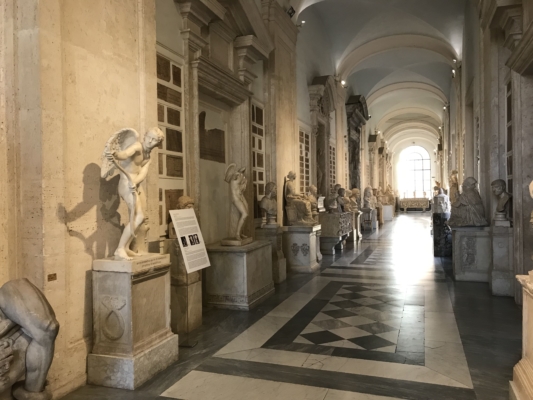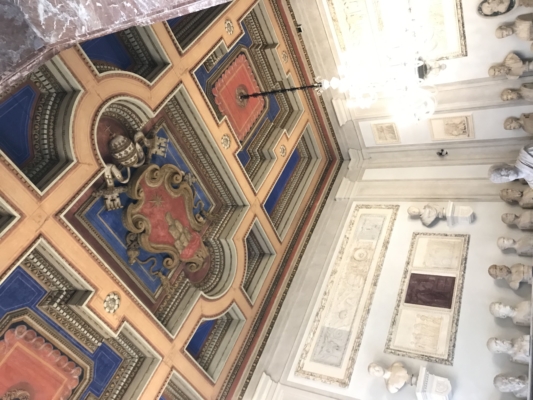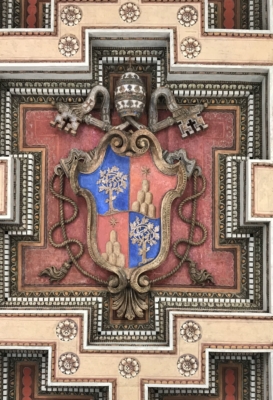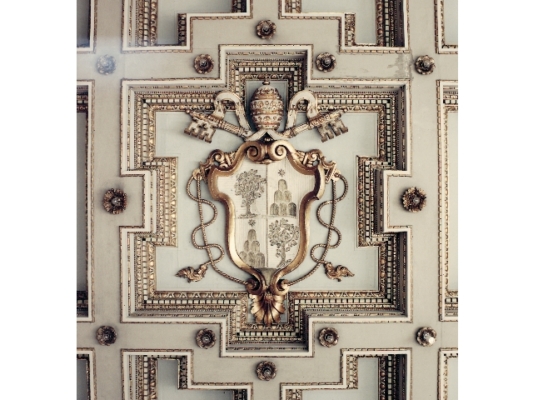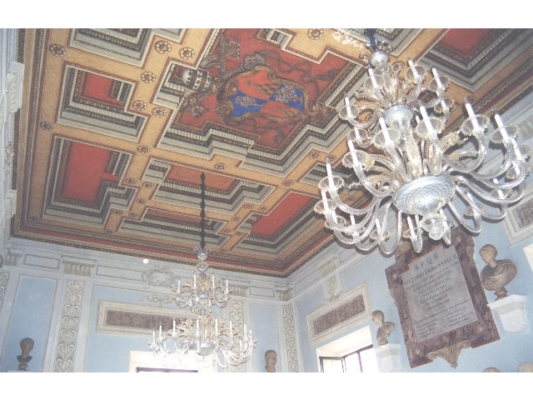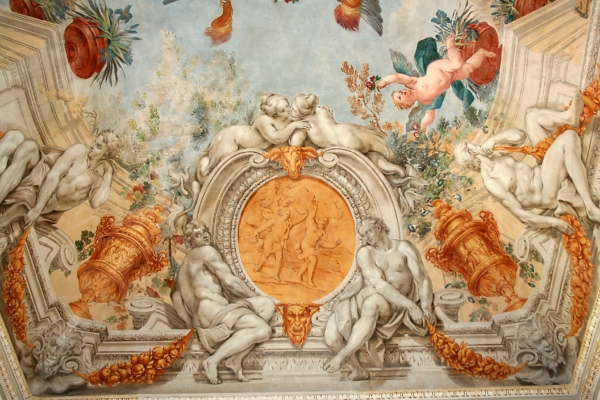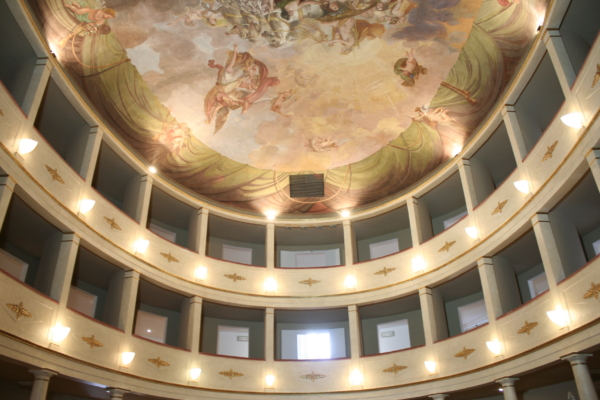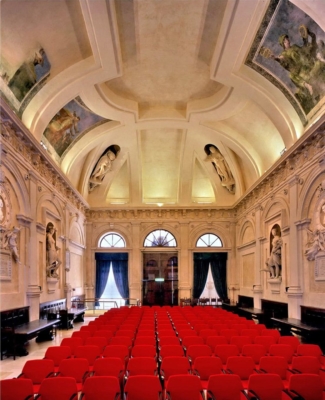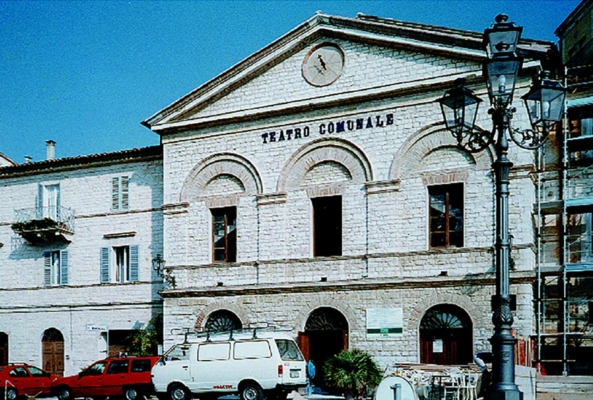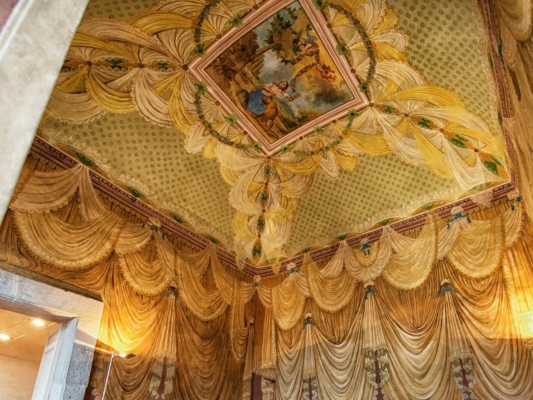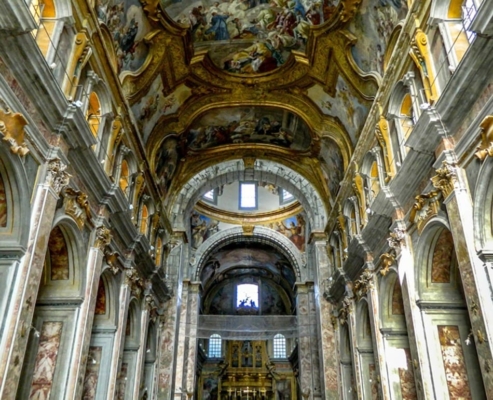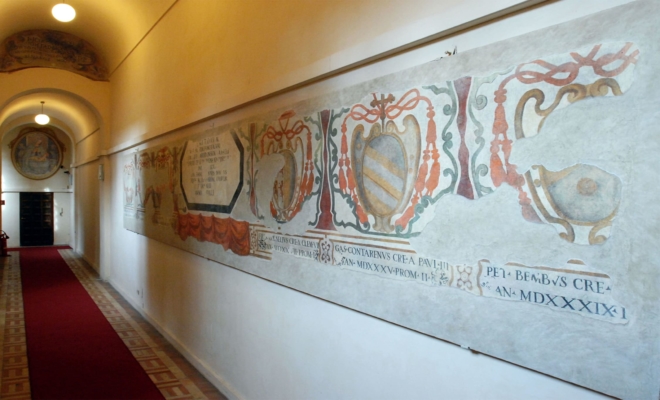The Capitoline Museums in Rome – Artistic restoration of the Sala degli Imperatori, Sala dei Filosofi, Sala del Fauno and Sala del Galata
Brief historical notes. The Capitoline Museums are the main municipal civic museum structure in Rome. Opened to the public in 1734, under Pope Clement XII, they are considered the first museum in the world, intended as a place where art could be used by everyone and not only by the owners. The historical seat of the Capitoline is made up of the Palazzo dei Conservatori and the Palazzo Nuovo, buildings that overlook the Michelangelo’s Piazza del Campidoglio. The creation of the museum can be traced back to 1471, the year in which Pope Sixtus IV donate to the city a collection of important bronzes from the Lateran (including the Capitoline she-wolf), which he placed in the courtyard of the Palazzo dei Conservatori and in Piazza del Campidoglio. The antiquarian collection was enriched over time with donations from various popes and was best allocated with the construction of the Palazzo Nuovo in 1654. The museum was opened to public visits as wished by Pope Clement XII almost a century later, in 1734. Its successor, Benedict XIV, inaugurated the Capitoline Picture Gallery, acquiring the private collections of the Sacchetti family and the Pio family. From the excavations conducted after the unification of Italy for the works of Rome as capital, large quantities of new materials emerged, which, collected in the Municipal Archaeological Warehouse, later called Antiquarium, were partially exposed to the Capitoline over time.

